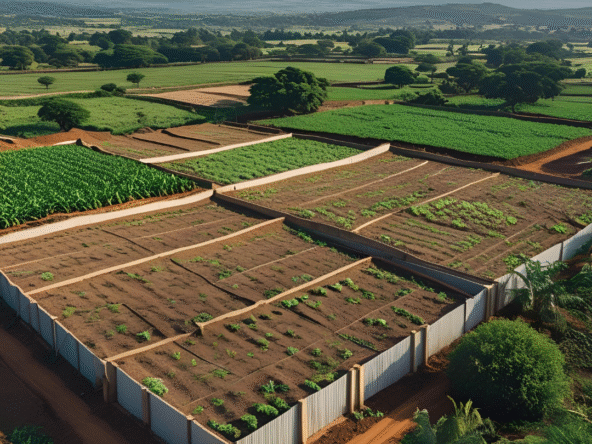Land remains one of the most emotive and politically charged issues in Kenya. From the colonial dispossession of communities to post-independence allocations that favored the elite, Kenya’s land question is deeply rooted in historical injustices and continues to influence present-day conflicts, inequalities, and underdevelopment.
Land justice, therefore, is not just about ownership it is about dignity, security, economic empowerment, and healing.
Understanding Land Justice
Land justice refers to the equitable access, ownership, and control of land by individuals and communities, particularly those who have been historically marginalized or dispossessed. It seeks to redress past injustices, prevent future conflicts, and create inclusive systems that promote sustainable and fair land use.
In Kenya, the push for land justice is framed within the broader struggle for social justice and human rights. It includes restitution for displaced communities, protection of communal lands, enforcement of women’s land rights, and transparency in land governance.
The Legacy of Dispossession
The roots of land injustice in Kenya trace back to colonial times, when vast swathes of fertile land were forcibly taken from indigenous communities and allocated to British settlers. The so-called “White Highlands” excluded African communities from ancestral territories, leading to mass displacement, poverty, and resentment.
Post-independence governments largely failed to correct this imbalance. Instead, land redistribution became a political tool, often benefiting the politically connected at the expense of the landless. These unresolved grievances have led to frequent clashes, especially in areas such as the Rift Valley, Coast, and parts of Northern Kenya.
Land Conflicts and Insecurity
Recent events, such as the deadly confrontations in Narok and Laikipia, are stark reminders of how unresolved land issues can ignite violence. Many of these conflicts pit communities against each other or against state institutions, often over ancestral land claims, unclear boundaries, or evictions in the name of conservation or development.
Corruption within land institutions, fraudulent title deeds, and weak enforcement of land laws have further complicated efforts to achieve land justice. Meanwhile, large-scale land acquisitions by private investors and government projects continue to displace vulnerable populations without adequate compensation or consultation.
The Role of the 2010 Constitution
Kenya’s 2010 Constitution was a milestone in addressing land injustices. It introduced a new land classification system, public, private, and community land, and enshrined principles of equitable access, security of tenure, and sustainable land use. The constitution also called for the establishment of the National Land Commission (NLC) to manage public land and investigate historical land injustices.
While the legal framework exists, implementation has been slow and often politicized. The NLC has faced numerous challenges, including inadequate funding, resistance from powerful interests, and a backlog of unresolved claims.
Pathways to Land Justice
Achieving land justice requires a multipronged approach:
-
Truth and Restitution: The government must facilitate a credible process to address historical land injustices. This may include restitution, compensation, or alternative settlements for displaced communities.
-
Legal Empowerment: Communities must be educated on their land rights and supported to navigate legal processes. Accessible legal aid is key to ensuring the poor can defend their claims.
-
Gender Equality: Women, who form the majority of the agricultural workforce, often face cultural barriers to land ownership. Land justice must include reforms that protect and promote women’s land rights.
-
Land Governance Reform: Transparent, accountable, and digitized land administration can help curb corruption and improve service delivery in the land sector.
-
Community-Led Approaches: Recognizing and protecting customary land rights, especially for pastoralists and indigenous peoples, is crucial. Their voices must be at the center of land governance.
Land justice is not just a rural issue or a political slogan it is a fundamental step toward peace, equality, and national cohesion. Without resolving the deep-rooted land injustices in Kenya, development will remain uneven, and social tensions will continue to flare.
The time has come for a national conversation, driven by truth, justice, and inclusivity, to ensure that land becomes a source of livelihood and unity not conflict and division.

